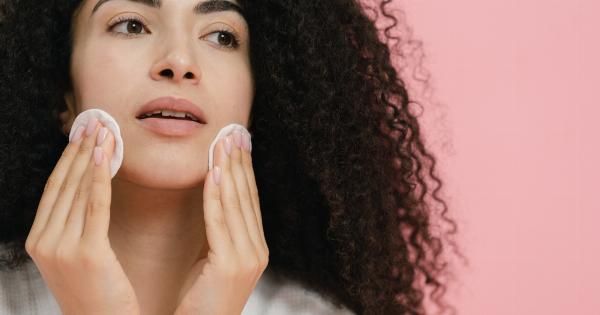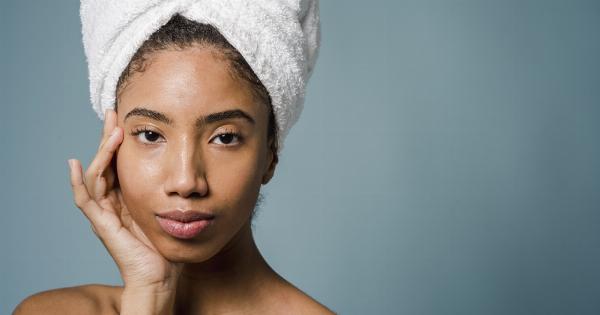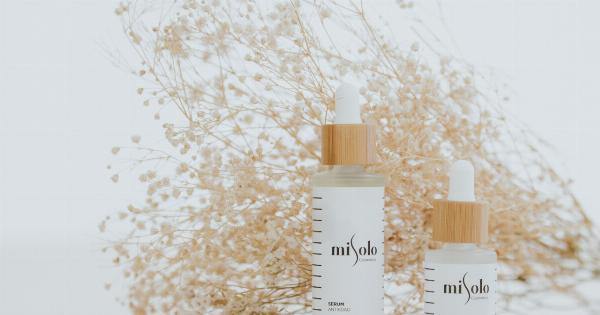In our quest to maintain youthful-looking hair, many of us turn to anti-aging hair care products. These products promise to rejuvenate and restore our hair, making it look vibrant and youthful.
However, what many consumers don’t realize is that some of these products contain toxic ingredients that can have harmful effects on our health and hair. In this article, we will explore the top three toxic components found in anti-aging hair care products.
1. Parabens
Parabens are commonly used preservatives in anti-aging hair care products. They help prevent the growth of bacteria, mold, and fungus, thereby extending the shelf life of these products.
However, studies have shown that parabens can disrupt our hormones and have been linked to various health issues such as reproductive problems, breast cancer, and allergic reactions.
While the FDA considers parabens safe in low concentrations, it is important to note that these chemicals can accumulate in our bodies over time, especially with frequent use of hair care products.
To avoid the potential risks associated with parabens, it is advisable to opt for paraben-free alternatives.
2. Sodium Lauryl Sulfate (SLS)
Sodium Lauryl Sulfate (SLS) is a common ingredient found in many anti-aging hair care products, including shampoos and conditioners. It is responsible for the foaming action of these products and helps to remove oil and dirt from the hair.
However, SLS is a known skin irritant and can cause scalp irritation, dryness, and allergic reactions in some individuals. Additionally, prolonged use of SLS can strip the hair of its natural oils, leading to dryness, frizz, and breakage.
Fortunately, there are now SLS-free alternatives available in the market that can provide the same cleansing action without the potential side effects. Look for products that use gentle surfactants derived from natural sources instead.
3. Synthetic Fragrances
Many anti-aging hair care products contain synthetic fragrances to provide a pleasant scent. However, these fragrances are usually made up of a blend of undisclosed chemicals, some of which may be toxic or allergenic.
Synthetic fragrances have been linked to respiratory issues, skin irritation, and even hormonal disruption.
To avoid the potential risks associated with synthetic fragrances, it is advisable to choose hair care products labeled as fragrance-free or those scented with natural essential oils.
Essential oils not only provide a pleasant scent but also offer additional benefits for the hair and scalp.
Conclusion
While anti-aging hair care products may promise youthful-looking hair, it is crucial to be aware of the potential toxic components they may contain.
Parabens, sodium lauryl sulfate, and synthetic fragrances are among the top three toxic components found in these products. Opting for alternatives that are free from these harmful ingredients can help protect our health and ensure the longevity of our hair’s natural beauty.
By making informed choices, we can achieve vibrant and healthy hair without compromising our well-being.




























